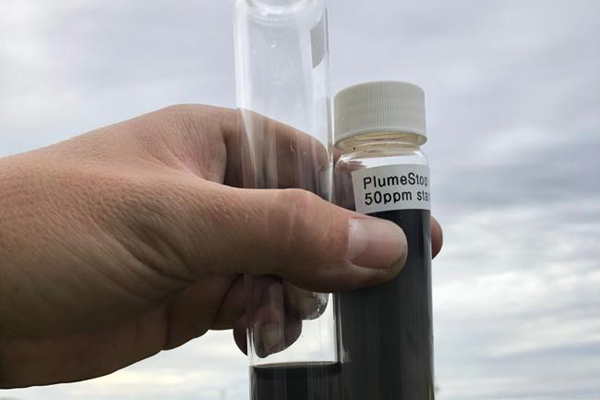
Excerpt from the Dayton Daily News
As researchers learn more about so-called “forever chemicals” in drinking water across the country and the Dayton region, engineers and scientists are scrambling to develop methods of combating the man-made substances.
The U.S. Department of Defense and the U.S. Environmental Protection Agency are paying for various research projects, including one tested at Wright-Patterson Air Force Base. The Air Force alone is expected to spend more than $2.2 billion to clean up PFAS-contaminated sites nationwide, according to the U.S. EPA.
The Dayton Daily News Path Forward project digs into solutions to the biggest issues facing our community, including the safety and sustainability of our drinking water. For this story, the newspaper examined three products that have been developed for PFAS remediation, and how effective experts say they are.
There’s been progress in finding treatments. Some such as a plasma technology are still in the developmental stage, while others like colloidal activated carbon have proven to be effective, local experts say.
Still, there’s a lot more to learn about PFAS, said Abinash Agrawal, a ground water and soil remediation expert at Wright State University. As scientists become more knowledgeable, they will continue to develop better methods, as they’ve done in the past when new contaminants were discovered in drinking water, he said.
“It is kind of a deja vu for us old timers,” said Agrawal, who has been studying ground water for more than 25 years. “We went through this discovery process in the 1980s when you started finding chlorinated solvents, and it took us at least 15 years before we had a good grasp of what’s going on. So we are in that discovery process with PFAS at the moment.”

